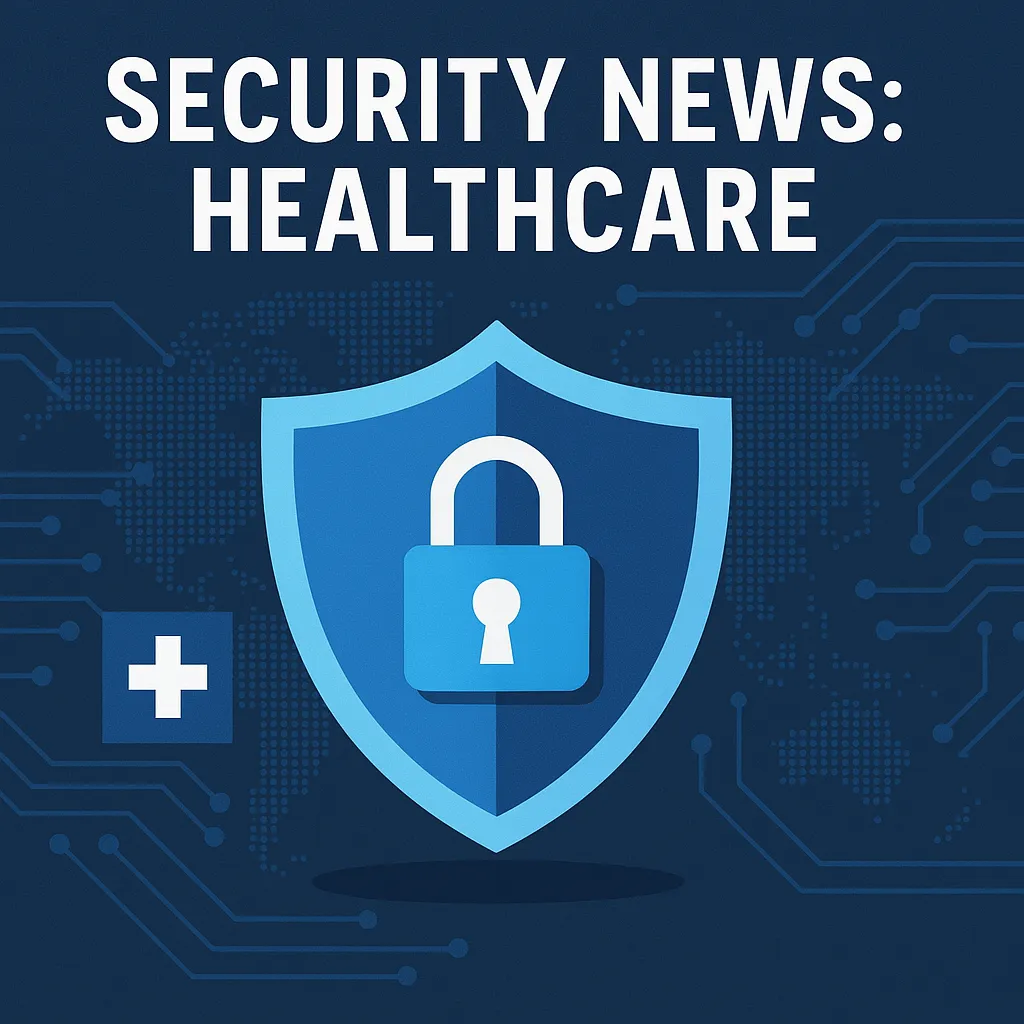The Rising Cybersecurity Threats in Healthcare and How to Mitigate Them
In recent years, the healthcare sector has become one of the most targeted industries by cybercriminals. The sensitivity and critical nature of healthcare data, combined with traditionally less robust cybersecurity practices, make hospitals and healthcare providers inviting targets for attackers. This article explores why the healthcare industry is at risk and how organizations can fortify their defenses against cyber threats.
Understanding the Vulnerability
Healthcare institutions handle a treasure trove of personal and medical data. However, the sector has often been slow in adopting advanced cybersecurity measures. This delay in cybersecurity adoption leaves critical systems and sensitive data vulnerable to cyberattacks, which can have devastating consequences on patient care and privacy.
The Growing Number of Cyberattacks
According to a study reported last year, the number of cyberattacks on US hospitals doubled over five years, profoundly impacting patient safety. These attacks are not only growing in frequency but also in sophistication, with ransomware attacks leading the charge.
Risks to Patient Safety and Data Privacy
The most direct impact of cyberattacks on healthcare systems is on patient safety. For instance, the ransomware attack on Change Healthcare is a stark reminder of how a cyberattack can significantly disrupt healthcare services. When hospital systems go down, the ability to deliver critical medical care can be impaired, leading to delays in treatment and, in severe cases, to patient mortality.
Data Breaches and Compliance Violations
Beyond immediate health risks, cyberattacks can lead to substantial data breaches, compromising patient privacy and exposing them to identity theft and fraud. These breaches also often result in hefty fines and legal challenges due to non-compliance with regulations like HIPAA in the United States.
Enhancing Cybersecurity Measures
Rural healthcare systems are particularly vulnerable, which is why, as reported recently, there is a significant push towards improving cybersecurity postures beyond basic measures. Indeed, a recent survey revealed that many healthcare organizations are planning to increase their cybersecurity investments, underscoring the urgent need to upgrade protections.
Strategic Recommendations
Organizations should adopt a layered security approach, conduct regular risk assessments, train staff in cybersecurity awareness, and collaborate with cybersecurity experts to stay ahead of potential threats. The implementation of advanced security measures like multi-factor authentication, end-to-end encryption, and real-time threat detection systems can significantly reduce vulnerabilities.
Conclusion
The healthcare sector's cybersecurity challenges are significant but not insurmountable. With strategic investments in advanced cybersecurity measures and a commitment to continuous improvement, healthcare providers can protect themselves and their patients from the growing threat of cyberattacks. Addressing these risks is not just about protecting data but preserving life and maintaining trust in healthcare systems worldwide.

